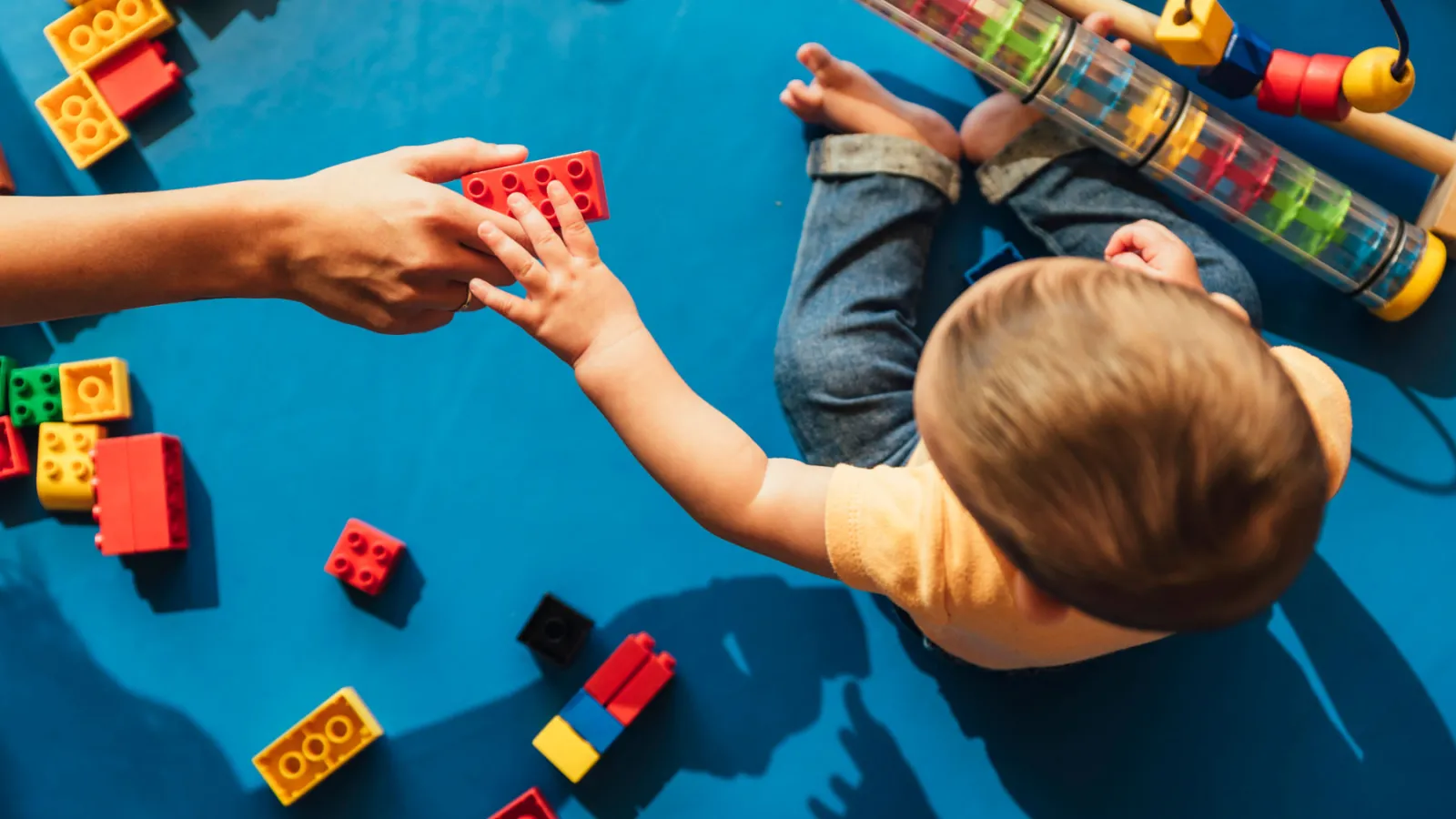Banner

Title
resources
Resource Library
Our Resource Library contains materials and assistance for early childhood educators and those they serve. Explore our selection of podcasts, tip sheets, websites, documents, and self-study courses.
Results: Page 30 of 50
| Resource Name | Description | Resource Type |
|---|---|---|
| Injuries and Injury Prevention | Details how injuries happen and offers advice on planning ahead and taking precautions to reduce risks in the child care setting. | Tipsheet |
| Injury Prevention | We welcome our strong partner Sarah Hawley RN, BSN, PHN of Minnesota Child Care Health Consultants back again for a conversation about injury prevention in the early childhood setting. We discuss key techniques that promote safe care for all young children and their adult caregivers. | Podcast |
| Injury Prevention Starts at Home | "Many childhood injuries are predictable and preventable. You can take action to prevent injuries at home." This article from Head Start Early Childhood Learning & Knowledge Center (ECLKC) "highlights the injury types that are most likely to cause pain, serious complications, or death in young children." There is a PDF version available too! | Website |
| INSIDER INSIGHTS: PREPARING FOR YOUR CHILD’S G-TUBE JOURNEY | In this post from Feeding Matters, you will learn what to expect before, during, and after a G-tube procedure. You can learn more about feeding tube care using What You Need to Know Now: A Parent’s Introduction to Tube Feeding. This resource, also provided in Spanish, was provided by the Feeding Tube Awareness Foundation with permission to share. | Website |
| Interactive Learning Modules for Child Care Health Consultants (and Coaches) | The National Center on Early Childhood Health and Wellness (NCECHW) just developed a series of interactive modules to help CCHCs build their consultation skills. | Website |
| Involving Children in Child Care Emergency Preparedness | "Just as it is important to partner with families for child care emergency preparedness, it is important to involve children as well. Even young children can learn about and help prepare for emergencies. Clear communication between adults and the children in their care is important to help children with emergency preparedness, response and recovery. Explanations and interactions should be developmentally appropriate, and adults should remain calm to help children remain calm." Here is a great resource from Child Care Aware of America. | Document |
| IR VS. NO IR: Preparar la Evacuación o el Refugio En El Lugar | Existen muchos tipos de emergencias. En algunas situaciones, puede que necesite evacuar (“IR”). Sin embargo, hay otras emergencias en las que es mejor refugiarse en el lugar (“NO IR”). El tipo de emergencia determina cómo debe reaccionar. Establezca un sistema de alerta para que el personal y los niños sepan qué medidas deben tomar. | Document |
| Is Cannabis Harmful for Children & Teens? AAP Policy Explained | As states across the country vote to legalize cannabis for medical or recreational use (or both), some parents feel unsure what this might mean for their children. Learn more from the American Academy of Pediatrics. | Website |
| Is homemade baby food healthier for infants? | Babies who get homemade food may learn to like a wider variety of food types and be leaner than infants who eat store-bought products, a recent study suggests. The World Health Organization (WHO) recommends exclusive breastfeeding for the first six months of life and then advises mothers to keep nursing while starting to introduce solid foods. For the current study, researchers examined whether the source of food (homemade or commercial) influences variety, infant growth, and weight. They found babies who only ate homemade foods had more diverse diets earlier in life and lower body fat mass when they were 1 year and 3 years old. | Website |
| Is Your Baby Hungry or Full? Responsive Feeding Explained | In this video, you'll learn all about the practice of responsive feeding and how to understand, recognize, and respond to your baby's hunger or fullness cues. | Website |
Results: Page 30 of 50